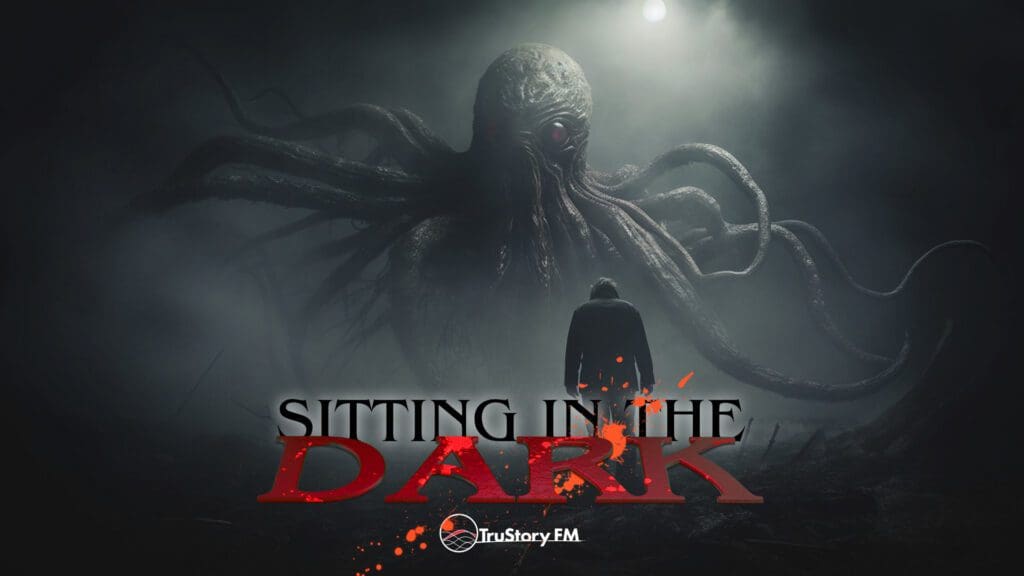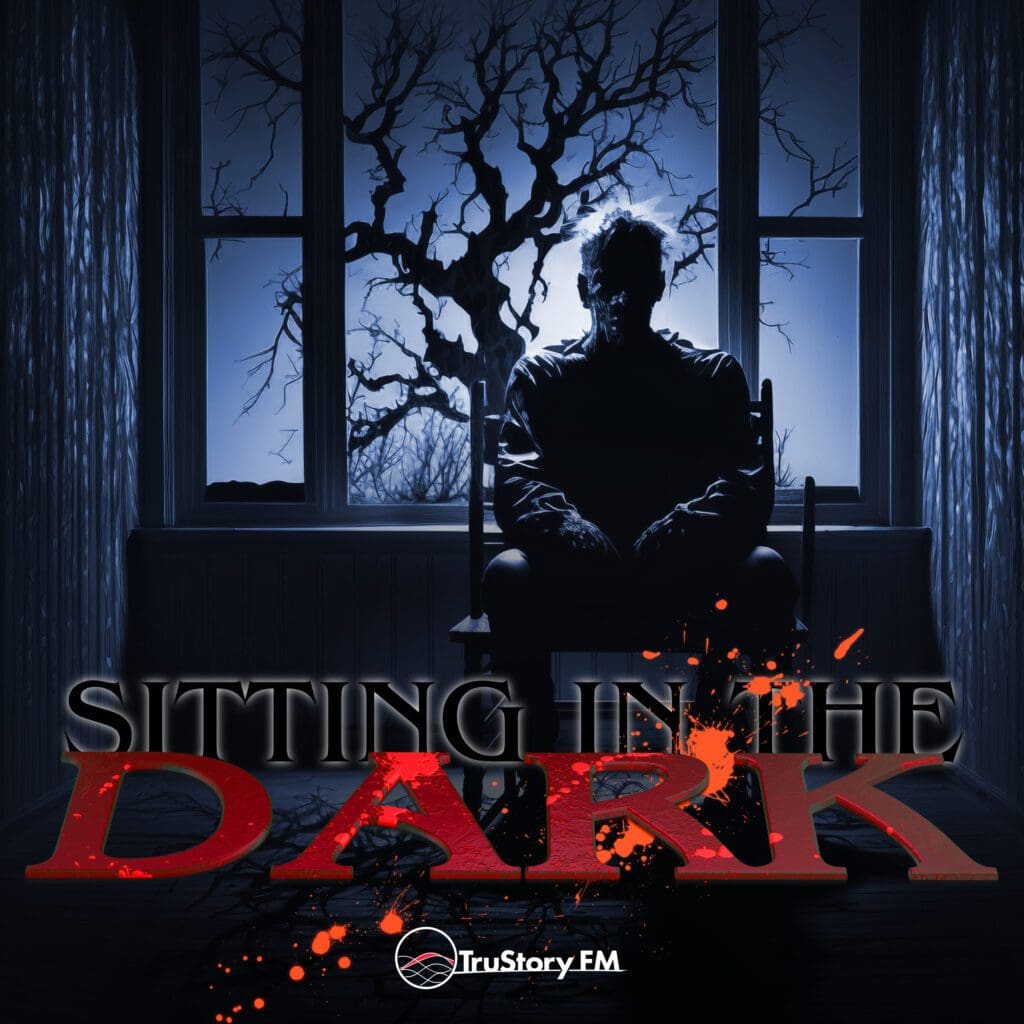We gather ’round dim candlelight
To delve where sanest avoid sight
Into twisted worlds that Lovecraft penned
Where cosmic terrors apprehensions rend
These truths not meant for mortal brain
But like those in Lovecraftian vein
Drawn by fascination grim and dire
To learn what none should e’er acquire
As films that try to emulate
The mythos they dare replicate
They court revelation of the dire kind
And risk what’s left of human mind
So wish them well on nightmare quest
That some humanity in them rest
Pray that benign powers hear our plea
To guard what’s left of sanity
Join us, if you be so inclined
As we descend into darkest mind
With Ray, Tommy, and Pete our guide
Though fraying sanity be their plight
The doors of perception now open wide
The black stars align, let terror inside
Our ritual begins, the incantations unfold
Beyond sanity’s edge we now go bold
OK, ok… as a trio, we didn’t have the most extensive background in the works of Lovecraft. That’s what makes the film adaptations the perfect fodder for this fair show. So, we did the work and watched a starter package of a bunch of films that are either direct adaptations or clearly influenced by the writing of Lovecraft, and we present our experience today. Want to watch along? Check out our Letterboxd list and get going!
Lovecraft’s fiction focused heavily on fear of the vast unknown universe, inherited evil, and his potential for mental collapse. Though not widely known during his lifetime, he developed a cult following for his weird tales published in pulp magazines in the 1920s–30s. Lovecraft helped popularize cosmic horror with recurring elements like the fictional Miskatonic University and entities like Cthulhu. He allowed other writers to borrow his ideas freely, helping spread his Cthulhu Mythos. After his 1937 death, his influence quietly grew until it permeated modern horror. His cosmic themes and tropes are now ubiquitous across literature, visual art, film, games, and pop culture. However, appreciation of his problematic views has lagged, sparking debates on separating his ideas from his beliefs.
Many films have adapted Lovecraft’s stories or integrated his themes. The Haunted Palace, The Dunwich Horror, Re-Animator, and other direct adaptations capture the tone of impending madness and futility in the face of elder gods. Meanwhile, The Thing, Prince of Darkness, In the Mouth of Madness, Annihilation, and The Lighthouse incorporate Lovecraftian elements into original narratives. Creative choices must be made to translate his verbose prose into visuals. Performances that show protagonists struggling to cling to sanity resonate as Lovecraftian. Later horror creators owe a debt to Lovecraft’s brand of unknowable, cerebral fear.
He was a troubled guy, and as filmmakers continue to reimagine the mythos, we’re seeing updates to problematic elements while, in many cases, artfully preserving the essence of his disturbing philosophical horror. He is among many case examples of needing to separate the art from the artist, however, and some of the film adaptations are, frankly, much better than others. Still, you can’t deny his influence on the art form.










